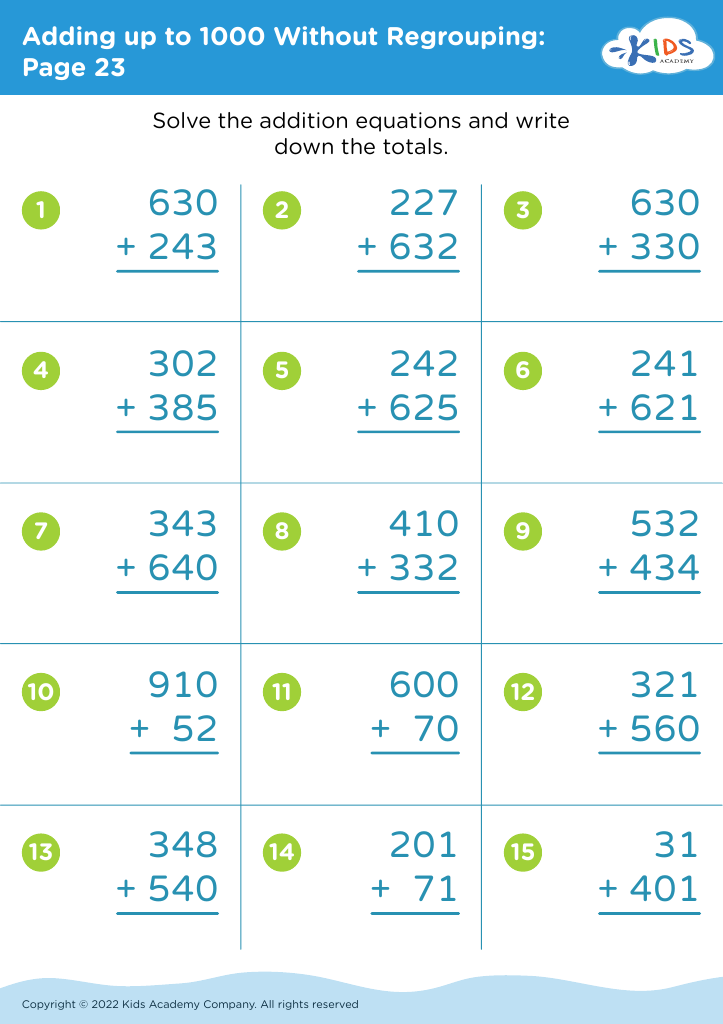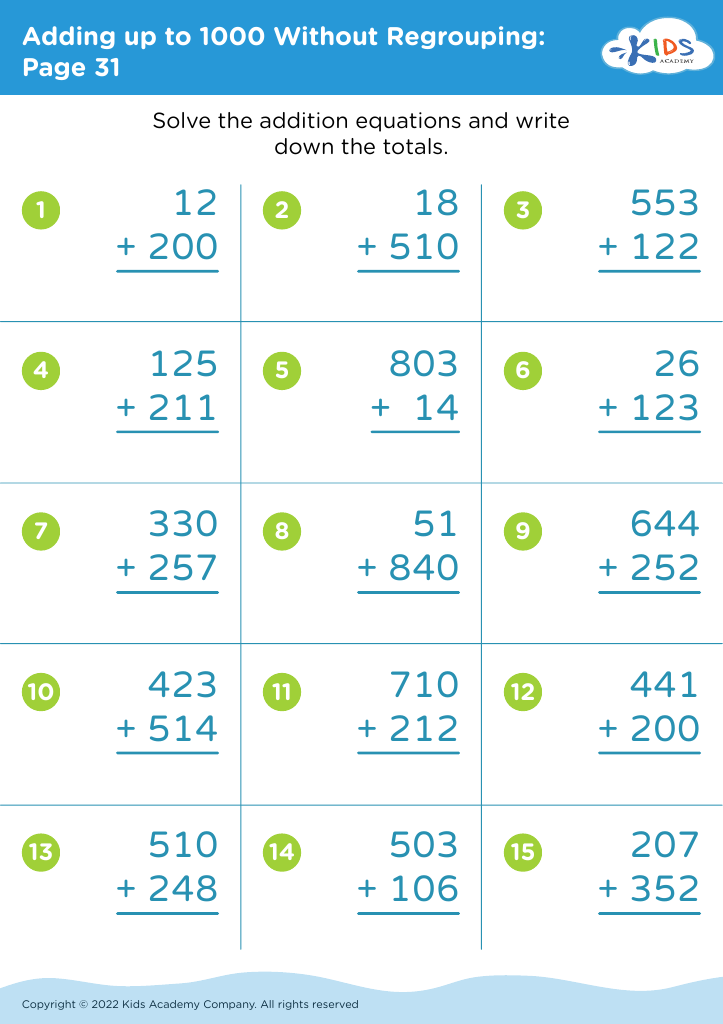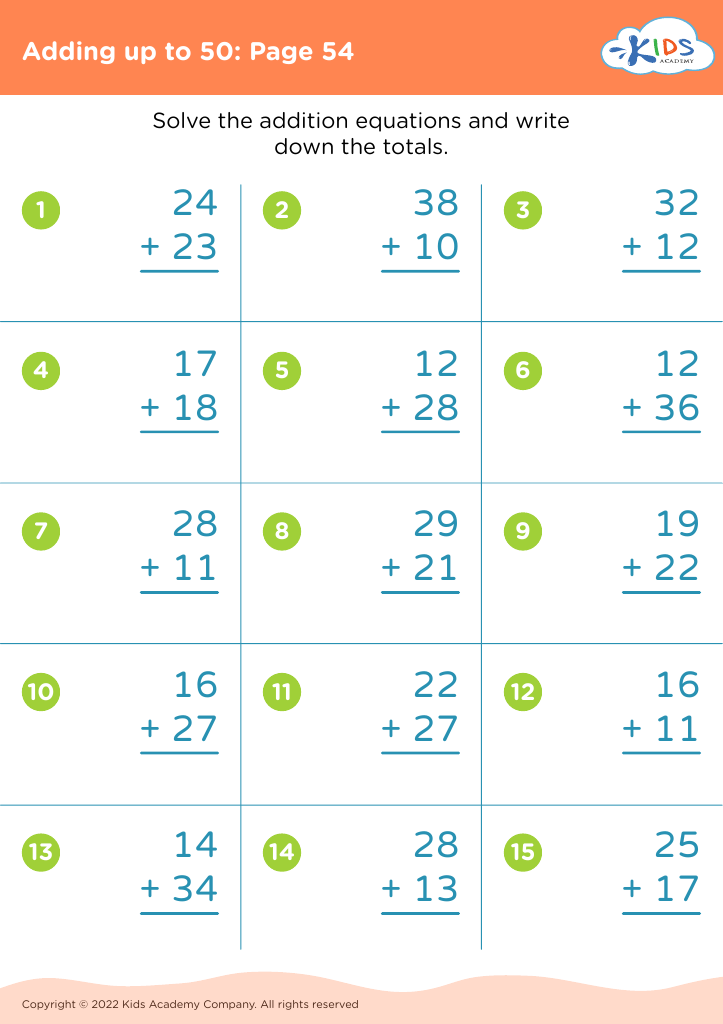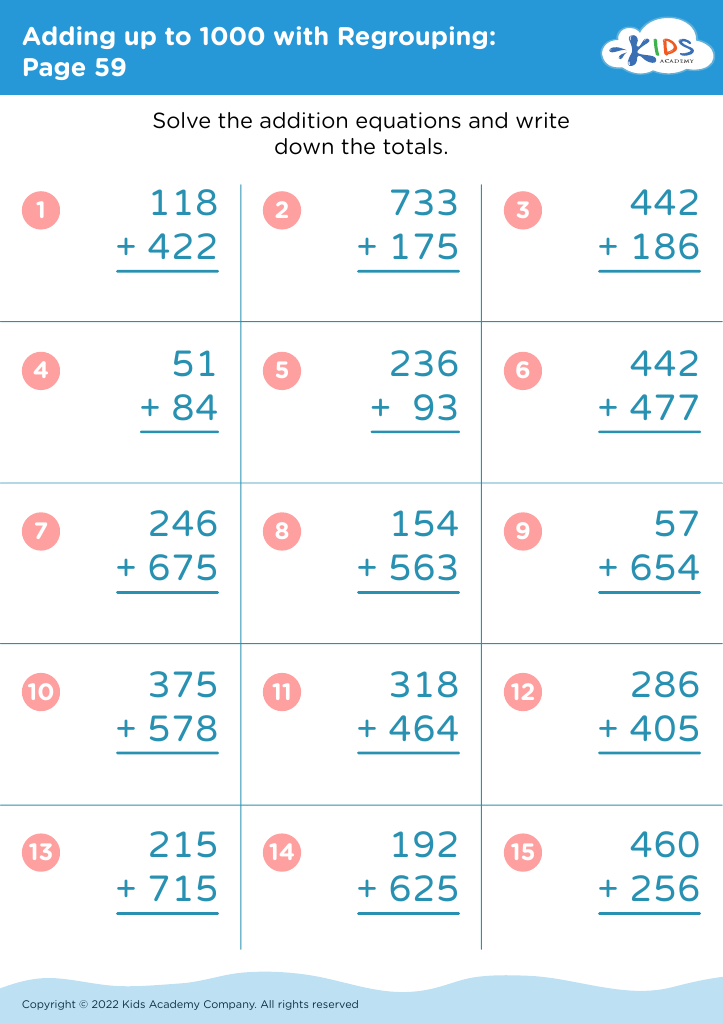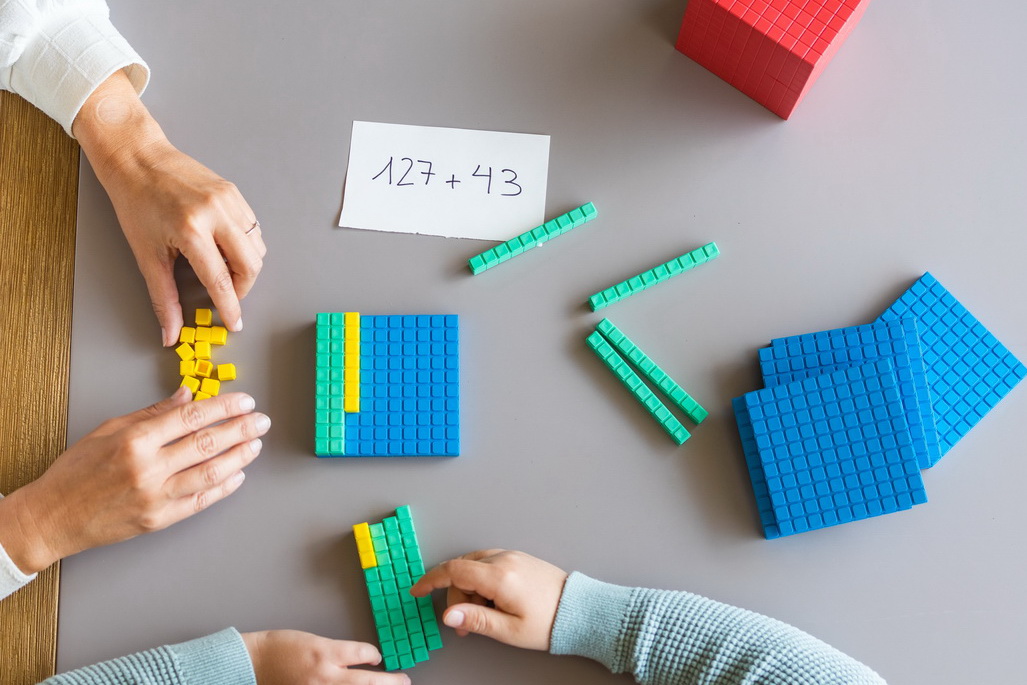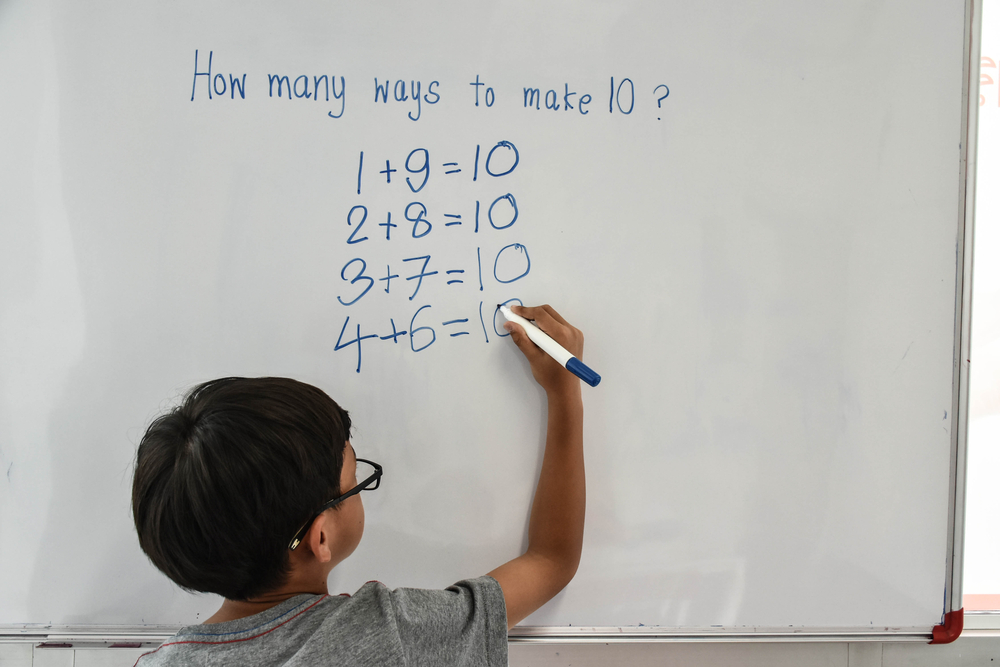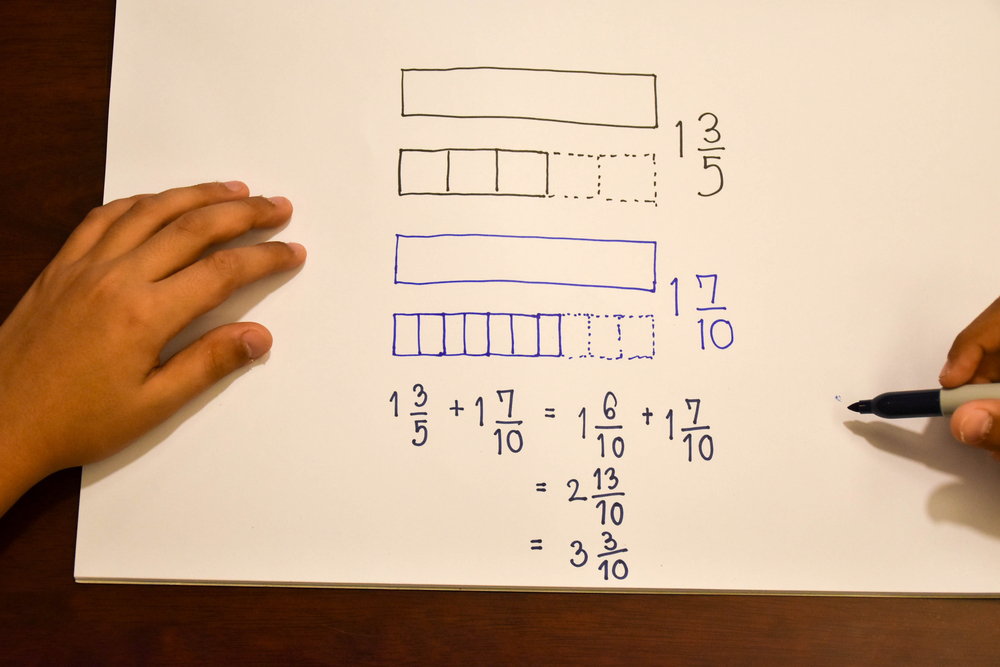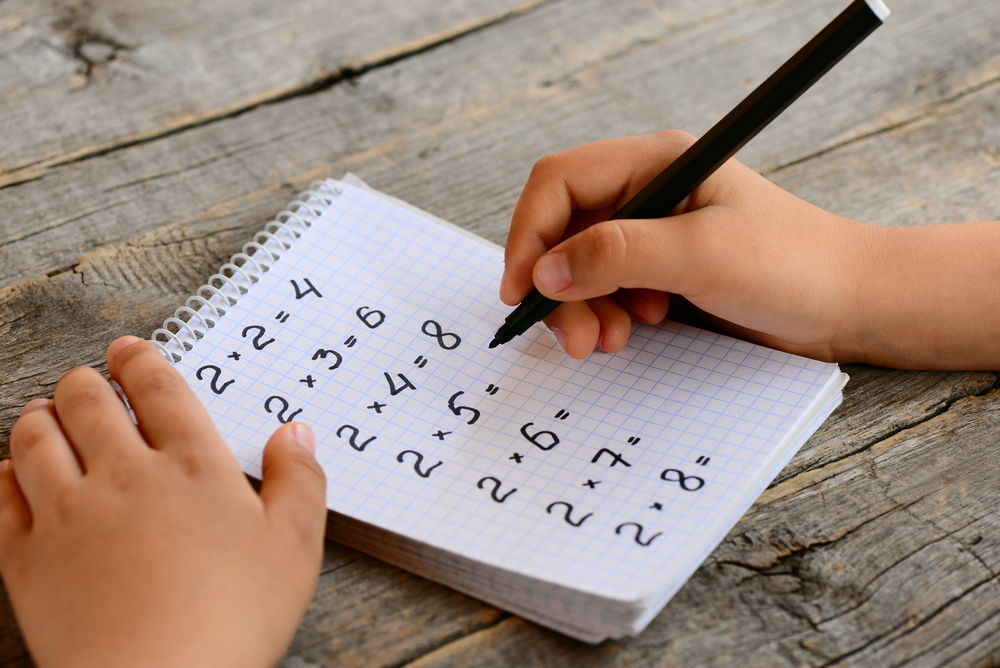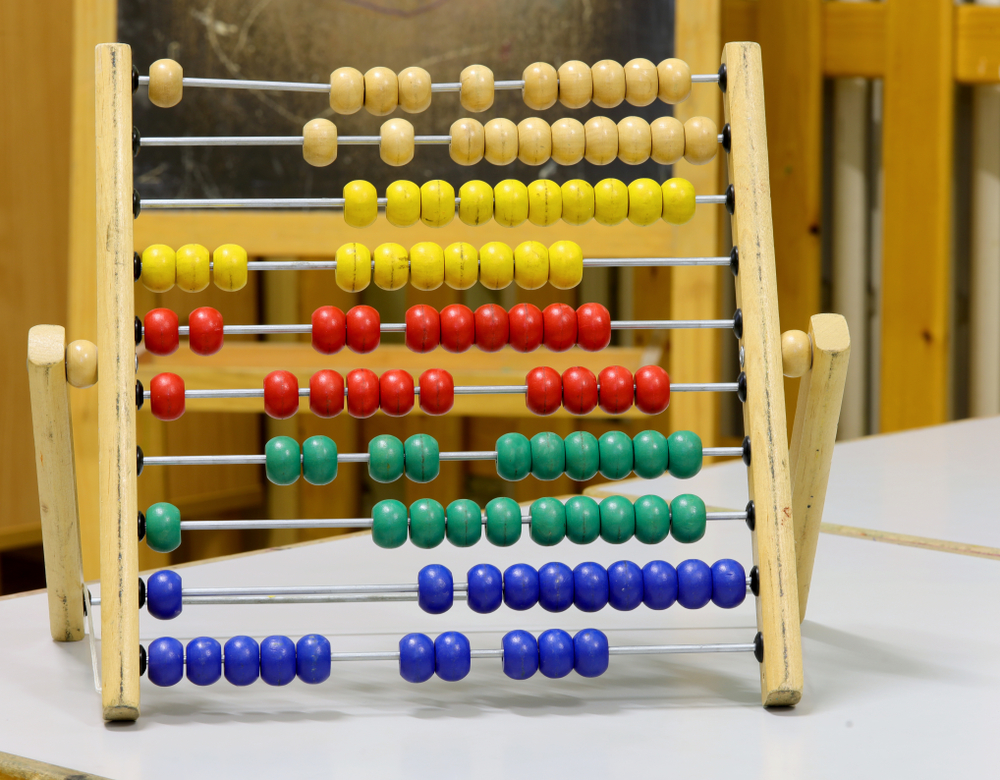Visual interpretation Addition & Subtraction Worksheets for Ages 7-8
4 filtered results
-
From - To
Introducing our "Visual Interpretation Addition & Subtraction Worksheets" tailored for ages 7-8. These engaging worksheets enhance mathematical skills by combining visual elements with essential addition and subtraction exercises. Perfect for young learners, they offer a fun and interactive approach to mastering basic math concepts. Each worksheet is thoughtfully designed to develop problem-solving abilities and boost confidence in math. Colorful visuals and clear instructions make learning intuitive and enjoyable. Ideal for classroom use or at-home practice, our worksheets ensure your child builds a solid foundation in math while having fun. Unlock your child's potential with these creative and educational resources.
Parents and teachers should prioritize the visual interpretation of addition and subtraction for children aged 7-8 because it fundamentally enhances their comprehension of basic math concepts, promotes problem-solving skills, and fosters independent learning. At this age, children are naturally visual learners, and visual tools like number lines, counters, and pictorial representations make abstract numerical concepts concrete and relatable. Understanding the 'how' and 'why' behind math operations rather than just memorizing procedures builds a strong mathematical foundation.
Visual interpretation also encourages students to explore different strategies for solving problems, which enriches their cognitive flexibility and supports critical thinking. For example, visualizing the process of borrowing in subtraction or grouping in addition helps demystify these operations and reduces math anxiety. These skills are crucial not only for handling more complex math tasks in later grades but also for everyday problem-solving situations.
Additionally, such visual methods make learning interactive and engaging, which can significantly boost a child's interest in math. This engagement leads to better retention, understanding, and confidence in their abilities. Ultimately, focusing on visual interpretation in math at this crucial developmental stage empowers children, fostering a positive and proactive attitude towards learning both inside and outside the classroom.
